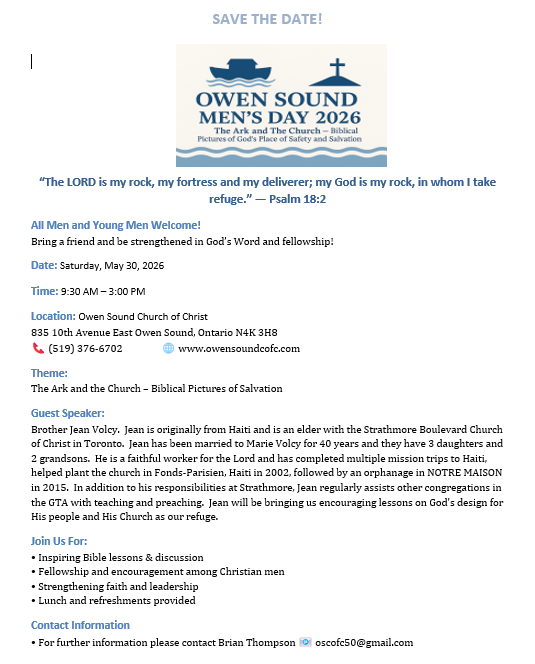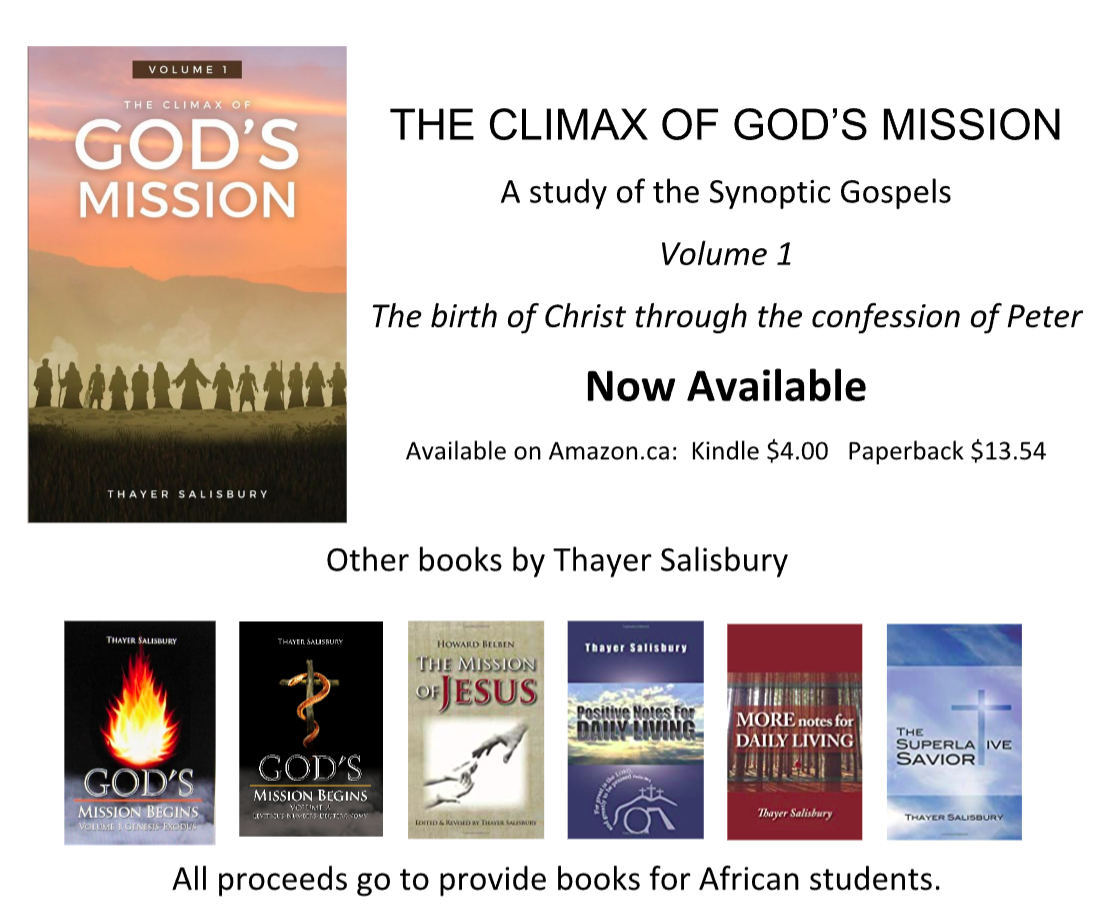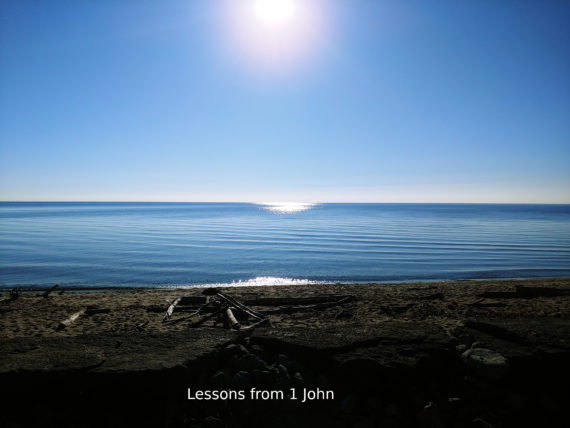This article is the third in a ten-part series drawn from the book of 1 John. The first two appeared in the February and March 2025 issues of the Gospel Herald. These articles are adapted from Bible class lessons and revised for publication, each focusing on a specific section of John’s letter. By the series’ end, we will have covered the entire book.
Summary So Far
Late in the first century, John is writing to Christians in every place, addressing a growing movement called Gnosticism. This philosophy taught, amongst other things, that Spirit was inherently good and Matter (including human bodies) was inherently evil—and never could the two interact in a positive way. Salvation, in the Gnostic view, involved freeing one’s good inner Spirit from the prison of the evil body.







One of the key elements of Gnosticism that contradicted the core of Christianity was the claim that Jesus could not have been God in the flesh—because God, being spirit, could not inhabit a human body, which was matter. John insists otherwise. Jesus did come as God in the flesh, and the message the apostles preached was both true and complete—nothing needed to be added or taken away.
While John clearly writes to counter this heresy, we don’t need to be experts on Gnosticism to benefit from his message. John’s rebuttal is to return to the foundational Gospel—a strategy worth emulating whenever we find ourselves questioning our salvation or the teachings we hear. It’s also the heart of the Restoration Movement, of which we’re a part.
Children of the Last Hour
John opens this section with a solemn and urgent reminder: “Dear children, this is the last hour” (2:18). This isn’t just poetic language—it reflects a deep awareness that the time between Jesus’ resurrection and His return is critical. It’s a time marked by spiritual tension, where the forces of truth and deception are actively at work.
One of the signs of this spiritual tension is the appearance of antichrists—not necessarily a single apocalyptic figure, but many individuals who oppose or deny Christ. John emphasizes that these deceivers were once part of the community but left, revealing that their allegiance was never truly with Christ (v.19). Their departure is not just physical—it is theological and spiritual.
John also introduces the idea of the “antichrist” in a way that shifts the focus from speculation to warning. Instead of promoting fear about some future evil leader, John describes the antichrist spirit as already present. It is defined not by dramatic events, but by a simple and deadly denial: anyone who denies that Jesus is the Christ, is in that sense, an antichrist (v.22). The term applies broadly to those who reject the core of the Christian faith—that Jesus of Nazareth is the incarnate Son of God.
This re-framing is important. Rather than looking for a singular villain at the end of time, John calls his readers to recognize that the real danger lies in false teachers who distort the gospel. The antichrist isn’t necessarily a political tyrant, but a theological deceiver.
Yet believers are not left defenseless. “You have an anointing from the Holy One, and all of you know the truth” (v.20). This anointing refers to the presence of the Holy Spirit, given by Christ, who enables believers to discern truth from falsehood. John assures his readers that they are not in darkness; they have the Spirit to guide them into truth.
The false teachers claim special knowledge, but John is clear: truth is not new or hidden. It is what was taught from the beginning—that Jesus is the Christ, the Son of God. “Who is the liar? It is whoever denies that Jesus is the Christ. Such a person is the antichrist—denying the Father and the Son” (v.22). To reject Jesus is to reject God Himself, because the two are inseparably united.
In a culture awash with alternative spiritualities, John’s message is both timely and timeless: hold on to what you heard from the beginning. Faith is not about chasing novelty. It’s about abiding in Christ and His teaching. If we remain rooted in the truth, “you also will remain in the Son and in the Father. And this is what he promised us—eternal life” (vv.24–25).
John isn’t writing in panic but with pastoral care: “I am writing these things to you about those who are trying to lead you astray” (v.26). His concern is not just doctrinal accuracy for its own sake but for the spiritual safety that it ensures. He urges believers to remain in Christ, relying on the Spirit’s teaching and not on the seductive claims of self-proclaimed prophets.
Verse 27 reminds us of the sufficiency of the Spirit’s work: “You do not need anyone to teach you.” This doesn’t dismiss the value of teaching within the church, but it does reject the idea that believers need secret or superior knowledge beyond the gospel. The Spirit confirms what is true.
Finally, John encourages his readers to live in a way that reflects their hope: “And now, dear children, continue in him, so that when he appears we may be confident and unashamed before him at his coming” (v.28). This is a call to daily faithfulness. The reality of Jesus’ return should inspire not fear, but focused living.
Righteousness is the evidence of new birth: “If you know that he is righteous, you know that everyone who does what is right has been born of him” (v.29). Our identity as God’s children is not merely a title—it is a calling to reflect His character.
As we live in the “last hour,” surrounded by shifting ideologies and spiritual counterfeits, John’s message grounds us: Abide in Christ. Trust the Spirit. Remain in the truth. Let your life show whose child you are.
Kitchener, Ontario

